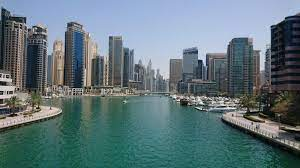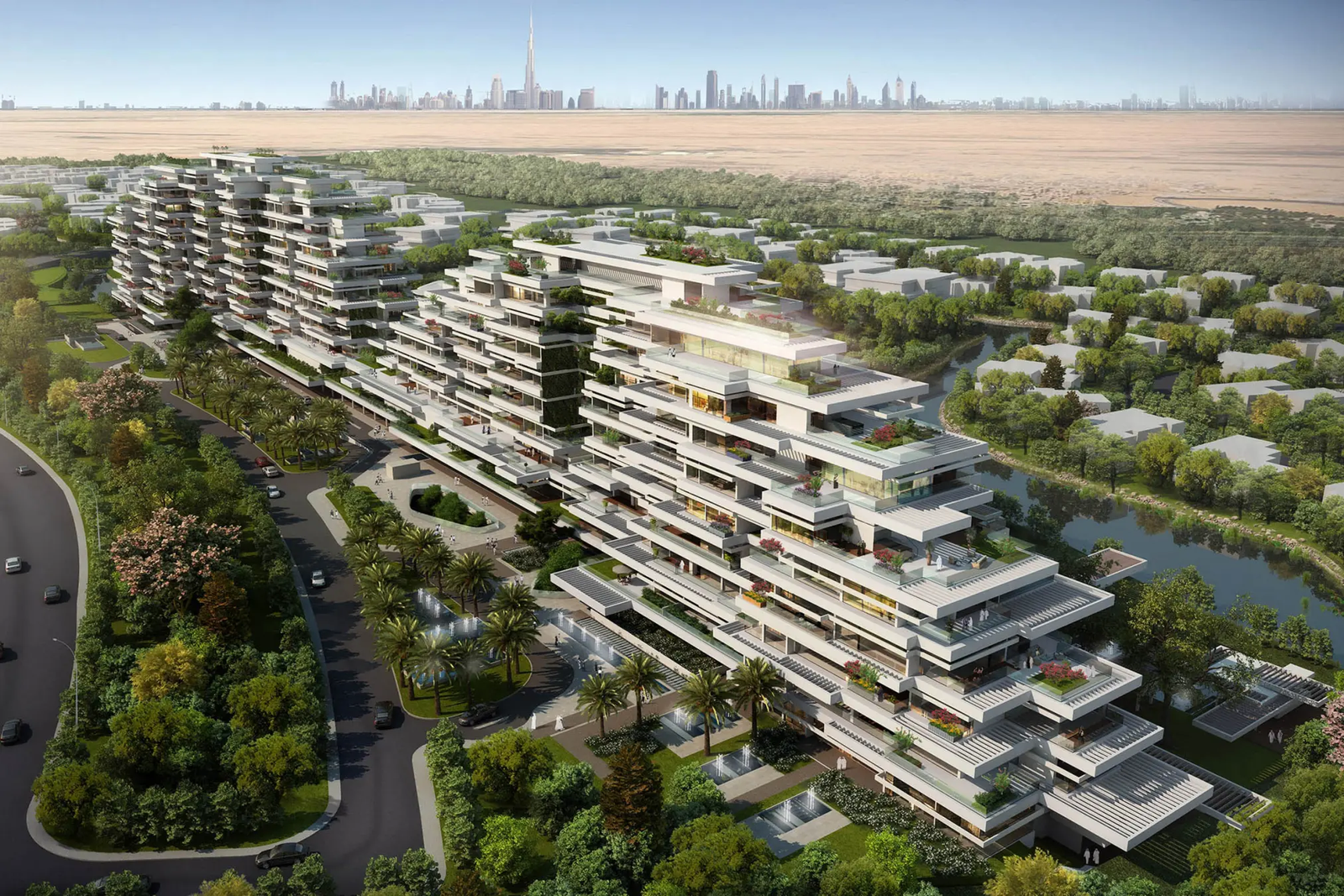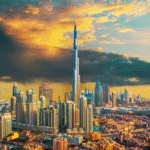Now Reading: Dubai Real Estate Prices Skyrocket in July 2025 Update
-
01
Dubai Real Estate Prices Skyrocket in July 2025 Update
Dubai Real Estate Prices Skyrocket in July 2025 Update

Table of Contents
The Dubai real estate market continued its upward trend in July 2025, backed by strong investor confidence, a healthy inflow of foreign capital, and sustained demand for luxury properties. From off-plan sales in Dubai South to record-breaking villa purchases in Palm Jumeirah, the city’s property landscape remains one of the hottest in the world.
Here’s a detailed look at what’s happening across Dubai’s real estate sector this July, including the top-performing areas, buyer trends, and what analysts expect for the rest of 2025.
Market Overview: Prices and Sales Volume Climb Higher
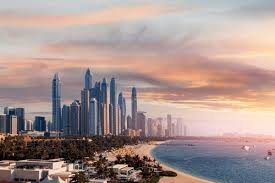
According to data released by the Dubai Land Department (DLD), total real estate transactions in July reached AED 39.6 billion, a 17% increase compared to July 2024. The number of property deals also grew by 14%, highlighting the market’s robust momentum.
Residential property prices saw an average increase of 5.2% month-on-month, with certain hotspots like Dubai Hills, Jumeirah Village Circle (JVC), and Business Bay experiencing even higher growth rates.
Off-plan properties continued to dominate the market, accounting for nearly 63% of all residential transactions. Developers launched several new phases of luxury and mid-income projects, which were quickly absorbed by both residents and international buyers.
Top Performing Areas in July 2025
- Dubai Marina
Dubai Marina saw a surge in demand for waterfront apartments, particularly among European and Asian buyers. Average prices for 2-bedroom units crossed AED 2.4 million, marking a 6.8% rise from June. - Palm Jumeirah
Luxury villas in Palm Jumeirah continued to attract ultra-high-net-worth individuals. A 7-bedroom beachfront mansion sold for AED 175 million one of the most expensive deals recorded this year. - Dubai Creek Harbour
Thanks to the launch of the new Creek Metro line, Dubai Creek Harbour witnessed an uptick in both investor interest and property values. One-bedroom units here now average around AED 1.3 million. - Meydan and MBR City
The completion of key infrastructure in and around Meydan and Mohammed Bin Rashid City (MBR City) boosted off-plan sales. Developers like Sobha Realty and Azizi Developments reported high absorption rates for newly released units.
Foreign Investor Trends: Who’s Buying in July 2025
International interest in Dubai real estate continues to rise, especially after the announcement of UAE’s new Golden Visa policies, which allow investors and skilled professionals to gain long-term residency with property purchases over AED 2 million.
In July 2025, the top foreign investors by nationality were:
- Indians
- British
- Russians
- Chinese
- Saudi Nationals
Notably, Chinese investors made a strong comeback, driven by relaxed capital control policies back home and a desire to diversify assets into stable markets.
Luxury Segment Outperforms Mid-Income Housing
While all segments of the market saw healthy demand, luxury properties outperformed mid-income housing in July. Villas priced between AED 10 million and AED 30 million sold faster than anticipated, with many being snapped up within weeks of listing.
New launches in Tilal Al Ghaf, Emirates Hills, and Al Barari were met with strong demand. Developers are increasingly focusing on wellness communities, larger layouts, and eco-friendly designs to attract global buyers.
On the other hand, mid-income housing in suburban areas like Dubailand and JVC also remained stable. Affordable pricing and flexible payment plans made these locations attractive to end-users and first-time buyers.
Rental Market Update: Rents Climb as Supply Tightens
Dubai’s rental market showed another month of upward movement, especially in prime areas like Downtown, DIFC, and Dubai Marina. Average apartment rents rose by 4.3% month-on-month, while villa rents climbed by 5.9%, largely due to limited availability and strong demand.
A 3-bedroom villa in Arabian Ranches now rents for over AED 310,000 annually, up from AED 265,000 in early 2025.
Many landlords are switching to short-term rentals and holiday homes, which offer higher yields. Platforms like Airbnb and local holiday home operators reported increased listings, especially in tourist-heavy zones.
New Policies and Government Support
The Dubai government continues to support the sector with strategic reforms and incentives:
- Golden Visa Expansion: More relaxed eligibility criteria for investors, entrepreneurs, and retirees.
- Real Estate Investment Trusts (REITs): The Dubai Financial Market (DFM) introduced new REITs to give small investors access to real estate returns.
- Smart City Initiatives: Ongoing tech and infrastructure upgrades to make Dubai smarter and more connected are indirectly pushing up property values.
Industry experts believe such steps will ensure long-term sustainability and transparency in the market.
Outlook for August and the Rest of 2025
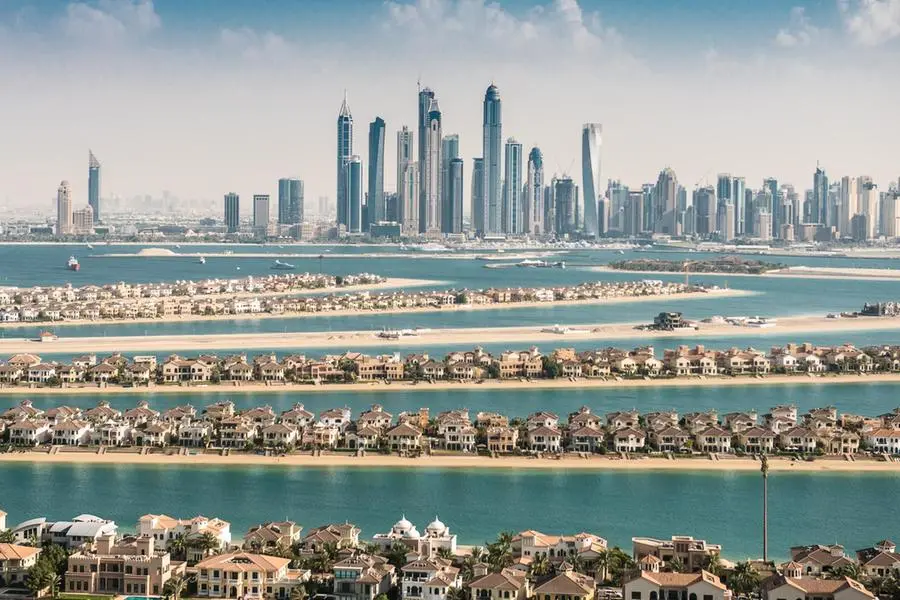
Market analysts forecast that Dubai’s property market will continue to grow steadily through the rest of 2025, albeit at a slightly more moderate pace compared to Q1 and Q2.
Key factors that will shape the market include:
- Interest rates remaining stable
- Continued population growth and tourism
- Rising global investor interest amid geopolitical tensions elsewhere
- The 2025 UN Climate Summit scheduled to be hosted in Dubai later this year, driving demand in the green and smart home segments
Buyers are advised to act quickly in high-demand areas, as inventory levels remain tight and prices are expected to increase further.
Conclusion
Dubai’s real estate market is showing remarkable strength and resilience in July 2025. Whether you’re an investor looking for solid returns, a resident planning to upgrade, or an international buyer eyeing long-term value, the Dubai property sector offers unmatched opportunities.
With stable government policies, a thriving economy, and global attention, Dubai remains a real estate powerhouse that continues to attract the world’s attention and capital.
Read More:- Deyaar’s Latest Announcement Shakes Up the UAE Property Market



